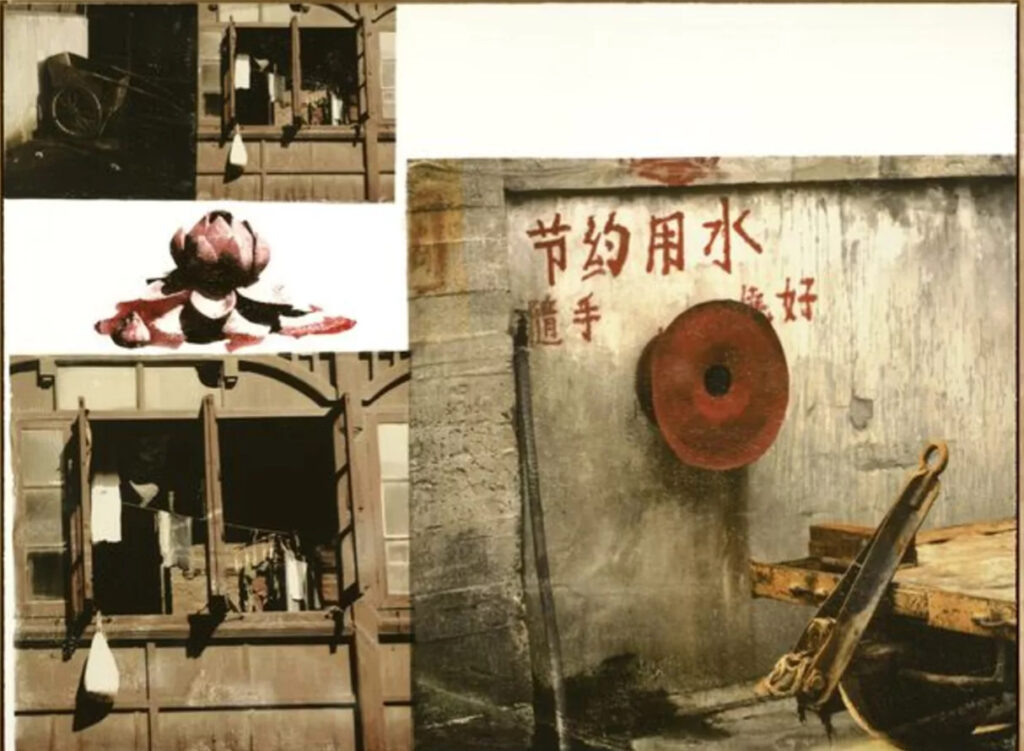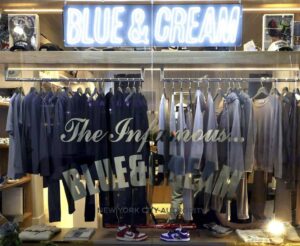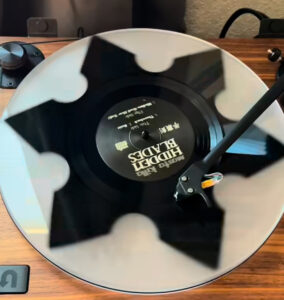Robert Rauschenberg, a towering figure in 20th-century art, was celebrated for his inventive approach to mixed media and his ability to blur the boundaries between painting, sculpture, and photography. One of his final major projects, The Lotus Series, created in 2008, includes the striking artwork Lotus V. This piece exemplifies Rauschenberg’s enduring commitment to experimentation, his deep interest in global cultural themes, and his mastery of integrating disparate elements into cohesive, thought-provoking compositions.
Background on the Lotus Series
The Lotus Series was conceived during a period of reflection and innovation in Rauschenberg’s career. In his later years, he increasingly explored themes related to global cultures, cross-cultural exchange, and the interplay of tradition and modernity. The series was created as part of Rauschenberg’s engagement with Chinese art and culture, inspired by his travels in the region. It reflects his fascination with China’s history and rapid modernization.
The title, Lotus, references the lotus flower—a powerful symbol in Chinese culture and other Asian traditions. The lotus is often associated with purity, enlightenment, and rebirth, growing pristine and beautiful even in muddy waters. This metaphor aligns with Rauschenberg’s artistic ethos of finding beauty and meaning in unexpected places. It also encapsulates his broader interest in transformation, both personal and societal.
Creation of the Artwork
Lotus V, like the other works in the series, was made using a combination of pigmented inkjet printing and photogravure techniques on Somerset velvet paper. This choice of materials and processes highlights Rauschenberg’s commitment to exploring new technologies and techniques. At the same time, it underscores his dedication to the tactile, hand-crafted qualities that define much of his oeuvre.
The Lotus Series consists of 12 works, and each piece reflects a collage-like aesthetic that incorporates photographic imagery, textural elements, and layered compositions. The images used in the series were taken by Rauschenberg himself during his travels in China. They capture scenes of urban life, historical landmarks, and cultural artifacts, offering a fragmented yet intimate view of the country. These works resonate with his earlier experiments in combining photographic imagery with traditional artistic media, such as in his renowned Combines.
Analysis of Lotus V
Lotus V is a large-scale work, measuring approximately 45 3/4 × 60 3/4 inches. Its scale allows viewers to immerse themselves in the intricate details and layered visuals, drawing them into Rauschenberg’s interpretation of a rapidly changing world. The piece’s composition is dynamic and multifaceted, blending seemingly disparate images into a harmonious whole.
•Visual Elements and Composition:
The artwork features overlapping photographs, many of which depict architectural forms, street scenes, and natural motifs. The juxtaposition of these elements creates a sense of dialogue between past and present, tradition and modernity. Rauschenberg’s use of vibrant colors and varied textures imbues the piece with energy and vitality, mirroring the dynamism of the urban landscapes he photographed.
•Symbolism and Cultural Resonance:
The lotus motif, central to the series, serves as both a literal and metaphorical anchor. It invites viewers to consider themes of growth, renewal, and cultural continuity. Additionally, the inclusion of architectural imagery—such as ancient temples alongside modern buildings—underscores the tension between preservation and progress in contemporary China.
•Techniques and Innovation:
The combination of inkjet printing and photogravure reflects Rauschenberg’s lifelong interest in pushing the boundaries of printmaking. These techniques allow for a seamless integration of photographic detail with the tactile qualities of fine art printmaking, creating a rich, layered visual experience. The use of Somerset velvet paper further enhances the work’s textural depth, lending it a softness and warmth that contrasts with the industrial and urban imagery it depicts.
Themes and Interpretations
At its core, Lotus V is a meditation on cultural exchange, transformation, and the coexistence of tradition and modernity. The work reflects Rauschenberg’s belief in the power of art to bridge cultural divides and foster understanding. This theme is especially poignant given the context of the Lotus Series, which was created as part of Rauschenberg’s ROCI (Rauschenberg Overseas Culture Interchange) project.
ROCI was an ambitious initiative launched by Rauschenberg in the 1980s, aiming to promote cross-cultural dialogue through art. The project took him to countries around the world, where he connected with local artists and drew inspiration from their cultures. The Lotus Series can be seen as a continuation of this mission, encapsulating Rauschenberg’s enduring commitment to exploring and celebrating global diversity.
Legacy and Reception
Lotus V and the Lotus Series hold a special place in Rauschenberg’s body of work, as they were among the last major projects he completed before his death in 2008. The series has been widely praised for its technical sophistication, conceptual depth, and visual beauty. Critics and scholars have noted its relevance in the context of globalization, as it speaks to the ways in which cultures intersect and influence one another in an increasingly interconnected world.
The Lotus Series has also been celebrated for its innovative use of printmaking techniques, which continue to influence contemporary artists working in mixed media and digital art. Rauschenberg’s ability to integrate traditional and modern methods serves as a testament to his creative vision and his refusal to be confined by conventional artistic boundaries.
Market and Collectability
As a significant work by one of the 20th century’s most influential artists, Lotus V holds considerable value in the art market. Produced in an edition of 50, it is both rare and highly sought after by collectors. The work has been featured in prominent exhibitions and is included in the collections of major institutions and private collectors.
The price of Lotus V reflects its importance and the enduring appeal of Rauschenberg’s work. Recent listings have valued the piece at around $25,000, though its price can vary depending on its condition, provenance, and market demand. Its inclusion in the Lotus Series further enhances its desirability, as the series represents a pivotal moment in Rauschenberg’s career and offers a unique glimpse into his artistic and philosophical preoccupations in his final years.
Impression
Lotus V is a masterful example of Robert Rauschenberg’s ability to merge diverse visual elements into a cohesive, thought-provoking work of art. It reflects his lifelong commitment to experimentation, his interest in global cultures, and his belief in the transformative power of art. As part of the Lotus Series, it serves as both a celebration of cultural exchange and a meditation on the complexities of modernity.
Rauschenberg’s legacy as an artist who constantly pushed boundaries and embraced innovation is beautifully encapsulated in Lotus V. The work invites viewers to reflect on the ways in which art can transcend cultural and temporal divides, offering new perspectives on the world and our place within it. Whether appreciated for its aesthetic qualities, technical mastery, or conceptual depth, Lotus V remains a powerful testament to Rauschenberg’s enduring impact on the world of art.
No comments yet.








